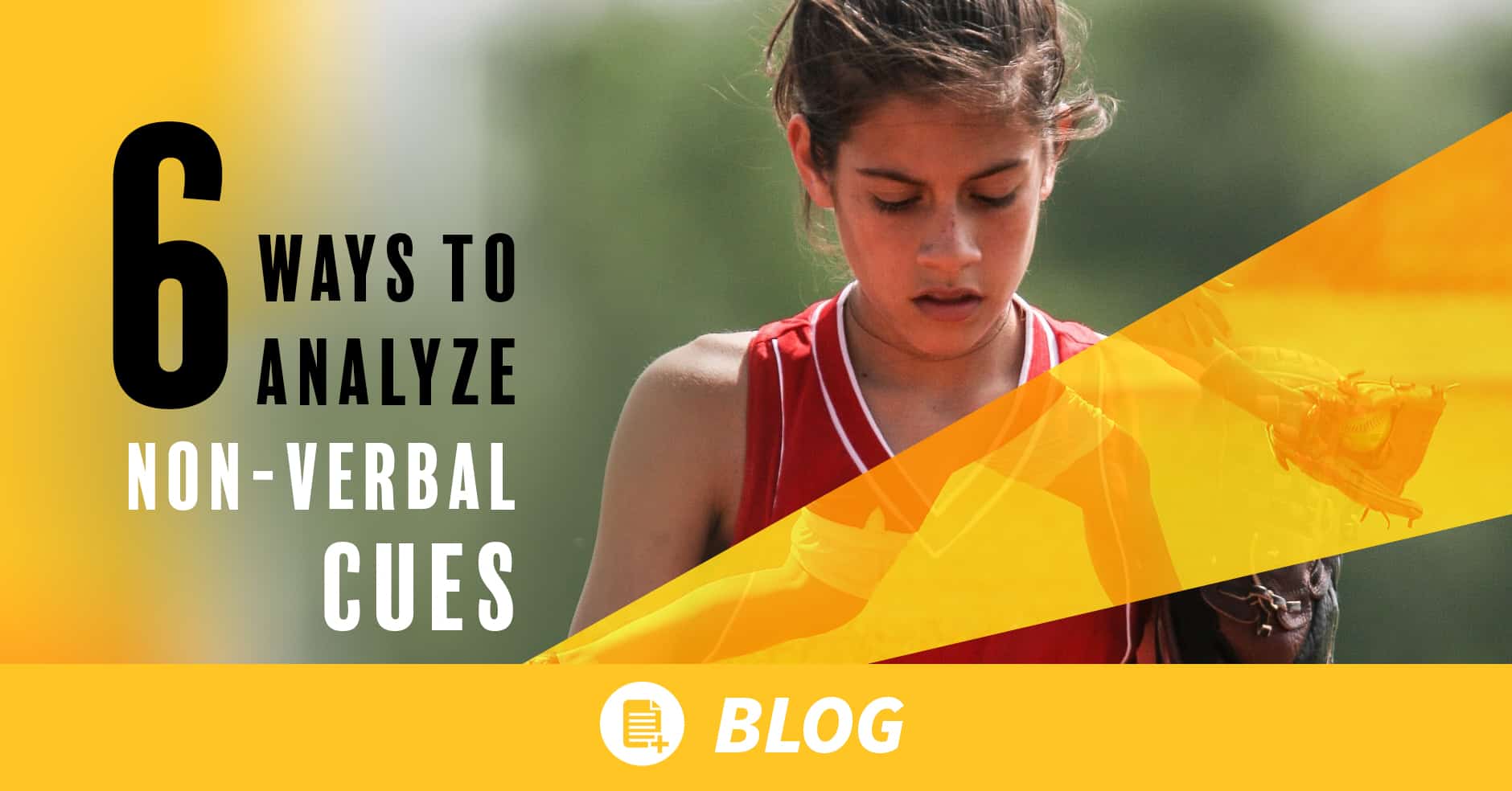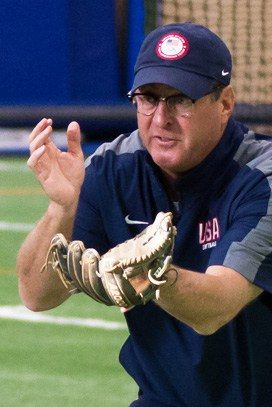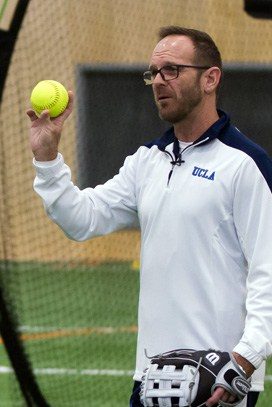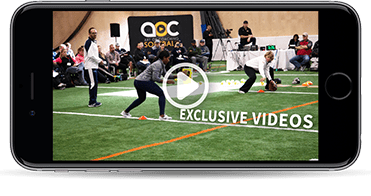An athletic event is a laboratory on non-verbal behaviors. Coaches must have an intimate knowledge to understand the motives of others (players, opposing coaches, officials) and to convey their own messages using silent language.
The power of understanding non-verbal signals is incredible. Imagine the following: What if a basketball coach could "read" when an opposing coach would call a time-out, thus saving his own? Maybe the opposing coach often has a pained expression before calling a TO. What if a football defense could comprehend the body language of a wide receiver to determine if he is going to be thrown to on the next play? Sometimes the player will give away when their number is called by a simple tap on the thigh pad or a more intense look on their face. What if an infielder could determine when a runner would attempt to steal? Maybe the runner pivots his foot many times before taking off. It's important to analyze these cues to gain a competitive edge.
Non-verbal communication comprises almost two-thirds of our total communication and can be divided into 6 categories:
1) Facial expressions: The face is capable of 15,000 different expressions. In the locker room prior to a game an anxious coach will convey this emotion to the team resulting in nervous players. By watching drills prior to a contest the discerning coach can discover false confidence from true confidence on players' faces.
2) Time utilization: The coach who spends more time with a certain group of athletes conveys a negative message. For example, some coaches will spend almost all their time with the starters and neglect back-ups in practice.
3) Eyes: A referee who misses a call will avoid looking at the coach. Occasionally this will result in a "make-up" call if the coach can send the right "non-verbal" message without overreacting. Pointing at the offending player, for instance.
4) Space: Players who talk to the coach only in the presence of others and stand at a distance is a sign of a poor player/coach relationship. Athletes who keep a distance from one another show possible team dissension. A clever coach can interpret and exploit this information.
5) Body motion: Gestures, arm movements and physical activity convey significant messages. Players who drop their heads give the impression of giving up and should immediately grab the attention of the coach. Fatigue can be shown by a basketball player grabbing his shorts or a variety of other signs which demands that player be given a rest.
6) Place: The use of one's environment (athletic fields, seating on the team bus, rooming considerations) all play a non-verbal role.
Recommendations:
1) Have an assistant coach study the non-verbal cues of opposing players (both in pre-game film and during live action). He or she may be able to spot body language that gives away their next move.
2) You can utilize body language to reinforce a good play or discourage a bad one on your own team.
P.S. Take into consideration cultural differences when evaluating non-verbal cues.
For more winning ideas on coaching leadership, team building, motivation and mental game excellence, sign up for the Monthly Motivator. https://www.championshipperform.com/free-monthly-motivator/




Leave a Reply
You must be logged in to post a comment.